Comcast 2012 Annual Report Download - page 85
Download and view the complete annual report
Please find page 85 of the 2012 Comcast annual report below. You can navigate through the pages in the report by either clicking on the pages listed below, or by using the keyword search tool below to find specific information within the annual report.-
 1
1 -
 2
2 -
 3
3 -
 4
4 -
 5
5 -
 6
6 -
 7
7 -
 8
8 -
 9
9 -
 10
10 -
 11
11 -
 12
12 -
 13
13 -
 14
14 -
 15
15 -
 16
16 -
 17
17 -
 18
18 -
 19
19 -
 20
20 -
 21
21 -
 22
22 -
 23
23 -
 24
24 -
 25
25 -
 26
26 -
 27
27 -
 28
28 -
 29
29 -
 30
30 -
 31
31 -
 32
32 -
 33
33 -
 34
34 -
 35
35 -
 36
36 -
 37
37 -
 38
38 -
 39
39 -
 40
40 -
 41
41 -
 42
42 -
 43
43 -
 44
44 -
 45
45 -
 46
46 -
 47
47 -
 48
48 -
 49
49 -
 50
50 -
 51
51 -
 52
52 -
 53
53 -
 54
54 -
 55
55 -
 56
56 -
 57
57 -
 58
58 -
 59
59 -
 60
60 -
 61
61 -
 62
62 -
 63
63 -
 64
64 -
 65
65 -
 66
66 -
 67
67 -
 68
68 -
 69
69 -
 70
70 -
 71
71 -
 72
72 -
 73
73 -
 74
74 -
 75
75 -
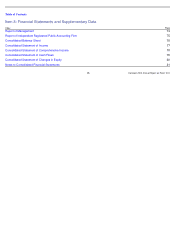 76
76 -
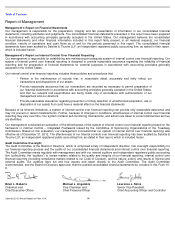 77
77 -
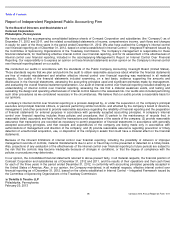 78
78 -
 79
79 -
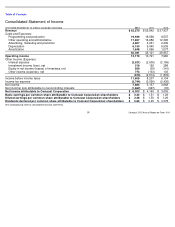 80
80 -
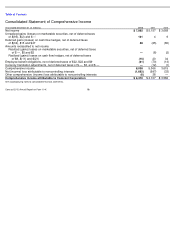 81
81 -
 82
82 -
 83
83 -
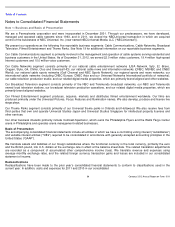 84
84 -
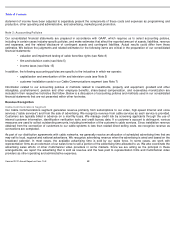 85
85 -
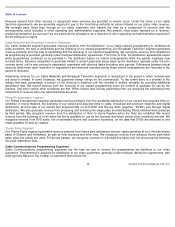 86
86 -
 87
87 -
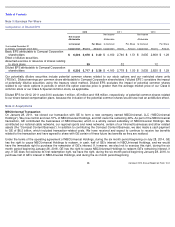 88
88 -
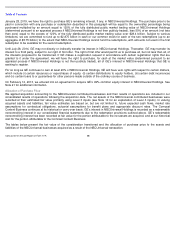 89
89 -
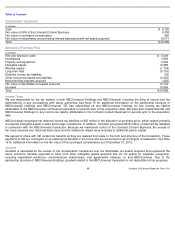 90
90 -
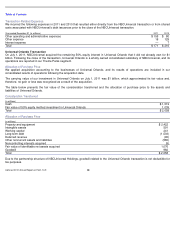 91
91 -
 92
92 -
 93
93 -
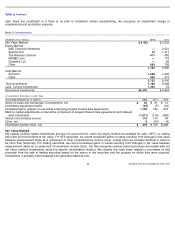 94
94 -
 95
95 -
 96
96 -
 97
97 -
 98
98 -
 99
99 -
 100
100 -
 101
101 -
 102
102 -
 103
103 -
 104
104 -
 105
105 -
 106
106 -
 107
107 -
 108
108 -
 109
109 -
 110
110 -
 111
111 -
 112
112 -
 113
113 -
 114
114 -
 115
115 -
 116
116 -
 117
117 -
 118
118 -
 119
119 -
 120
120 -
 121
121 -
 122
122 -
 123
123 -
 124
124 -
 125
125 -
 126
126 -
 127
127 -
 128
128 -
 129
129 -
 130
130 -
 131
131 -
 132
132 -
 133
133 -
 134
134 -
 135
135 -
 136
136 -
 137
137 -
 138
138 -
 139
139 -
 140
140 -
 141
141 -
 142
142 -
 143
143 -
 144
144 -
 145
145 -
 146
146 -
 147
147 -
 148
148 -
 149
149 -
 150
150 -
 151
151 -
 152
152 -
 153
153 -
 154
154 -
 155
155 -
 156
156 -
 157
157 -
 158
158 -
 159
159 -
 160
160 -
 161
161 -
 162
162 -
 163
163 -
 164
164 -
 165
165 -
 166
166 -
 167
167 -
 168
168 -
 169
169 -
 170
170 -
 171
171 -
 172
172 -
 173
173 -
 174
174 -
 175
175 -
 176
176 -
 177
177 -
 178
178 -
 179
179 -
 180
180 -
 181
181 -
 182
182 -
 183
183 -
 184
184 -
 185
185 -
 186
186 -
 187
187 -
 188
188 -
 189
189 -
 190
190 -
 191
191 -
 192
192 -
 193
193 -
 194
194 -
 195
195 -
 196
196 -
 197
197 -
 198
198 -
 199
199 -
 200
200 -
 201
201 -
 202
202 -
 203
203 -
 204
204 -
 205
205 -
 206
206 -
 207
207 -
 208
208 -
 209
209 -
 210
210 -
 211
211 -
 212
212 -
 213
213 -
 214
214 -
 215
215 -
 216
216 -
 217
217 -
 218
218 -
 219
219 -
 220
220 -
 221
221 -
 222
222 -
 223
223 -
 224
224 -
 225
225 -
 226
226 -
 227
227 -
 228
228 -
 229
229 -
 230
230 -
 231
231 -
 232
232 -
 233
233 -
 234
234 -
 235
235 -
 236
236 -
 237
237 -
 238
238 -
 239
239 -
 240
240 -
 241
241 -
 242
242 -
 243
243 -
 244
244 -
 245
245 -
 246
246 -
 247
247 -
 248
248 -
 249
249 -
 250
250 -
 251
251 -
 252
252 -
 253
253 -
 254
254 -
 255
255 -
 256
256 -
 257
257 -
 258
258 -
 259
259 -
 260
260 -
 261
261 -
 262
262 -
 263
263 -
 264
264 -
 265
265 -
 266
266 -
 267
267 -
 268
268 -
 269
269 -
 270
270 -
 271
271 -
 272
272 -
 273
273 -
 274
274 -
 275
275 -
 276
276 -
 277
277 -
 278
278 -
 279
279 -
 280
280 -
 281
281 -
 282
282 -
 283
283 -
 284
284 -
 285
285 -
 286
286 -
 287
287 -
 288
288 -
 289
289 -
 290
290 -
 291
291 -
 292
292 -
 293
293 -
 294
294 -
 295
295 -
 296
296 -
 297
297 -
 298
298 -
 299
299 -
 300
300 -
 301
301
 |
 |

Table of Contents
statement of income have been adjusted to separately present the components of these costs and expenses as programming and
production, other operating and administrative, and advertising, marketing and promotion.
Note 2: Accounting Policies
Our consolidated financial statements are prepared in accordance with GAAP, which requires us to select accounting policies,
including in certain cases industry-
specific policies, and make estimates that affect the reported amount of assets, liabilities, revenue
and expenses, and the related disclosure of contingent assets and contingent liabilities. Actual results could differ from these
estimates. We believe the judgments and related estimates for the following items are critical in the preparation of our consolidated
financial statements:
In addition, the following accounting policies are specific to the industries in which we operate:
Information related to our accounting policies or methods related to investments, property and equipment, goodwill and other
intangibles, postretirement, pension and other employee benefits, share-
based compensation, and receivables monetization are
included in their respective footnotes that follow. Below is a discussion of accounting policies and methods used in our consolidated
financial statements that are not presented within other footnotes.
Revenue Recognition
Cable Communications Segment
Our Cable Communications segment generates revenue primarily from subscriptions to our video, high-
speed Internet and voice
services (“cable services”)
and from the sale of advertising. We recognize revenue from cable services as each service is provided.
Customers are typically billed in advance on a monthly basis. We manage credit risk by screening applicants through the use of
internal customer information, identification verification tools and credit bureau data. If a customer’
s account is delinquent, various
measures are used to collect outstanding amounts, including termination of the customer’
s cable services. Since installation revenue
obtained from the connection of customers to our cable systems is less than related direct selling costs, we recognize revenue as
connections are completed.
As part of our distribution agreements with cable networks, we generally receive an allocation of scheduled advertising time that we
may sell to local, regional and national advertisers. We recognize advertising revenue when the advertising is aired and based on the
broadcast calendar. In most cases, the available advertising time is sold by our sales force. In some cases, we work with
representation firms as an extension of our sales force to sell a portion of the advertising time allocated to us. We also coordinate the
advertising sales efforts of other multichannel video providers in some markets. Since we are acting as the principal in these
arrangements, we report the advertising that is sold as revenue and the fees paid to representation firms and multichannel video
providers as other operating and administrative expenses.
•
valuation and impairment testing of cable franchise rights (see Note 8)
•
film and television costs (see Note 5)
•
income taxes (see Note 15)
•
capitalization and amortization of film and television costs (see Note 5)
•
customer installation costs in our Cable Communications segment (see Note 7)
Comcast 2012 Annual Report on Form 10-K
82
